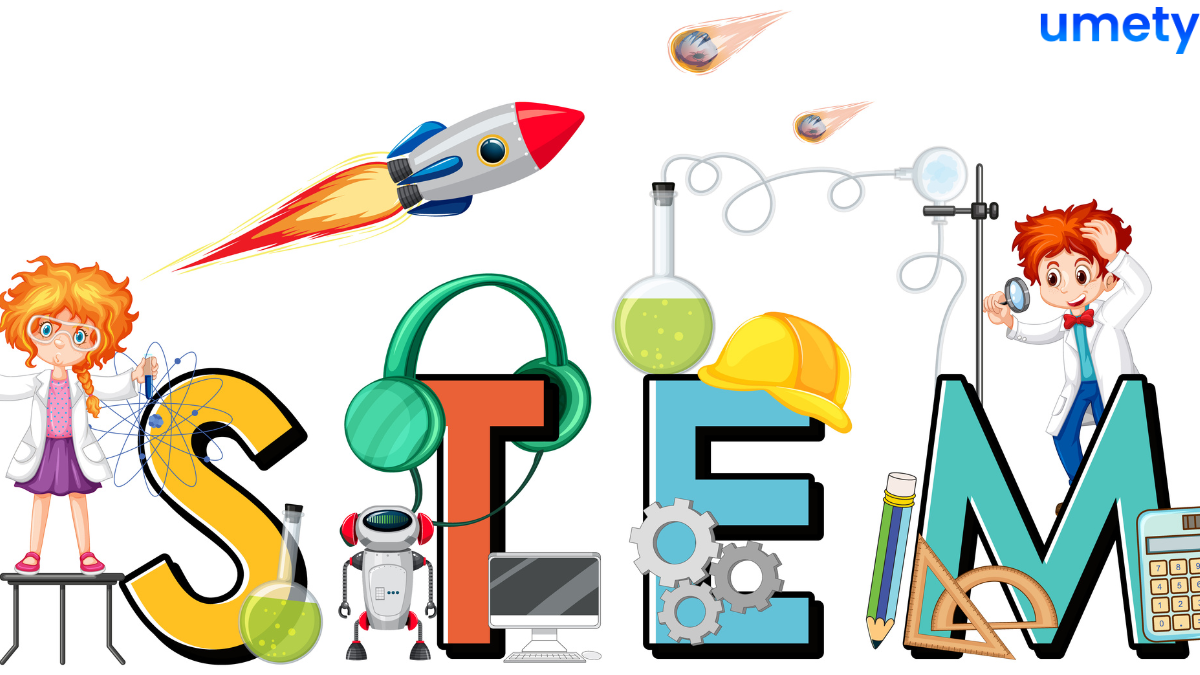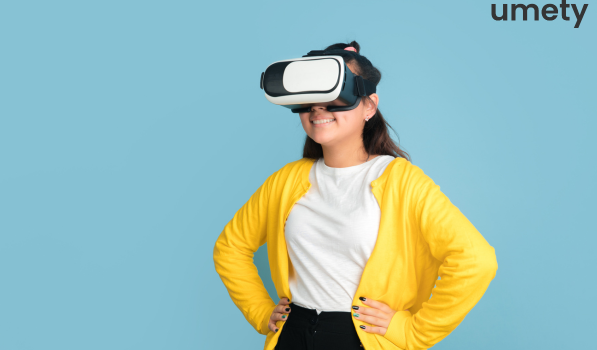Is marketing no longer relevant without immersive technologies?
Based on the most recent Accenture report: in the post-pandemic era, immersive technology have evolved from being novel to essential. In actuality, 64% of the most well-known consumer brands have already begun to invest in immersive experiences. These developments are the result of clear causes. Although people appreciate the comfort and safety of their homes and online stores, they still prefer to touch and feel products before making a purchase. Nothing can be known for sure without doing it. While companies have made an effort to close this gap by including product videos and return policies, this is insufficient to give customers confidence.
Immersive technologies become crucial in this situation. They have the potential to both enhance in-store experiences for customers and deliver in-store experiences to online shoppers. Better shopping experiences translate into more opportunities for sales growth.
What various immersive experience technologies exist?
One of the most well-liked types of immersive experiences is virtual reality (VR). With the help of a headset and portable controllers, it enables users to fully immerse themselves in a digital environment. Virtual reality (VR) has spawned a variety of online experiences, from thorough video games to online tours of actual virtual showrooms, product demos, and even virtual reality events.
The use of augmented reality (AR) as an immersive experience is also very common. The difference between AR and VR is that the former adds digital elements on top of the former's entirely physical environment. You can do this using a variety of devices, such as smart glasses, tablets, and smartphones. Filters on social media sites like Instagram and Snapchat are a prime example of augmented reality in digital marketing. For the purpose of promoting their goods and interacting with their target market, brands can design their own filters.
A hybrid of VR and AR, mixed reality (MR) enables users to interact with both digital and physical elements simultaneously. For the immersive digital component of the physical environment, MR requires a headset or other similar device, unlike AR, which can be accessed through a device like a smartphone. Consider video games where you play while wearing a headset and interacting with the environment through moving equipment. Although this technology is still in its infancy, it has the power to completely alter how brands communicate with their target market.
One of the most simple technologies for an immersive experience is 360o content. Panorama images may even automatically transform into 360-degree content on Facebook, allowing users to tilt and move their devices to view more content and give the impression that they are interacting with the environment.
What is the meaning of it all?
It is crucial to remember that these technologies are still in their infancy and that evaluating their effectiveness can be difficult when using immersive experiences in digital marketing. Businesses that have employed immersive experiences, however, have reported greater levels of engagement, improved brand recognition, and increased sales.
Monitoring metrics like the amount of time spent in the experience, the quantity of interactions, and conversion rates are some ways to gauge how effective immersive experiences are. In order to learn more about users' experiences and how they may have affected their perceptions of the brand, brands can also conduct surveys and solicit user feedback.
How to design a brand-specific immersive experience:
It is crucial to establish the experience's goals and objectives before beginning to develop an immersive experience. This will make it easier to direct the development process and make sure the experience is in line with the overall marketing plan. The target audience and how the experience will appeal to them should also be taken into account.
Design and user experience are key components in producing an immersive experience. The experience ought to be engaging, intuitive, and simple to use. Users will be more likely to stay attentive, composed, and engaged as a result of this.
The technology and platform used to deliver the experience must be taken into account. The platform should be taken into account early in the planning process because it will affect the entire design and development process.
Some of the immersive technology’s main features
The metaverse is always in motion because it is a virtual world. The following are other crucial elements of the metaverse:
content created by users;
fully operational and independent;
individual or collective virtual identities;
use of technologies for human interfaces;
a decentralised, open, and shared world; and
fully operational economy using cryptocurrency, NFTs, or digital currencies.
Development of marketing
Marketing is the process of promoting and selling a company's products or services. It encompasses all four aspects of marketing: price, product, promotion, and place.
Marketing and advertising can open up new channels for purchasing and advertising in the metaverse.
Metaverse marketing vs. traditional marketing
For a variety of reasons, businesses are interested in the metaverse. It enables companies to engage with customers in distinctive ways to stand out. But reaching Gen Z and millennials is one of the main reasons businesses are focusing on the metaverse.
In a way that no video, advertisement, word, or image could, the metaverse enables businesses to design their own world to represent their brand. Customers can have an entirely immersive experience thanks to the individuality of each world.
The metaverse offers an immersive experience that is superior to traditional advertising.
Since not everyone is using the metaverse yet, businesses can appear innovative to customers. The metaverse might be a way for businesses to differentiate themselves and develop their own advertising strategy because traditional marketing faces more competition. The metaverse is more risky than traditional advertising because it is newer and not all consumers use it. It may also be more difficult to measure results.
If you're looking for great marketing opportunities with the help of immersive technology, then get in touch with Umety today!
.png)
.png)


Comments
Post a Comment